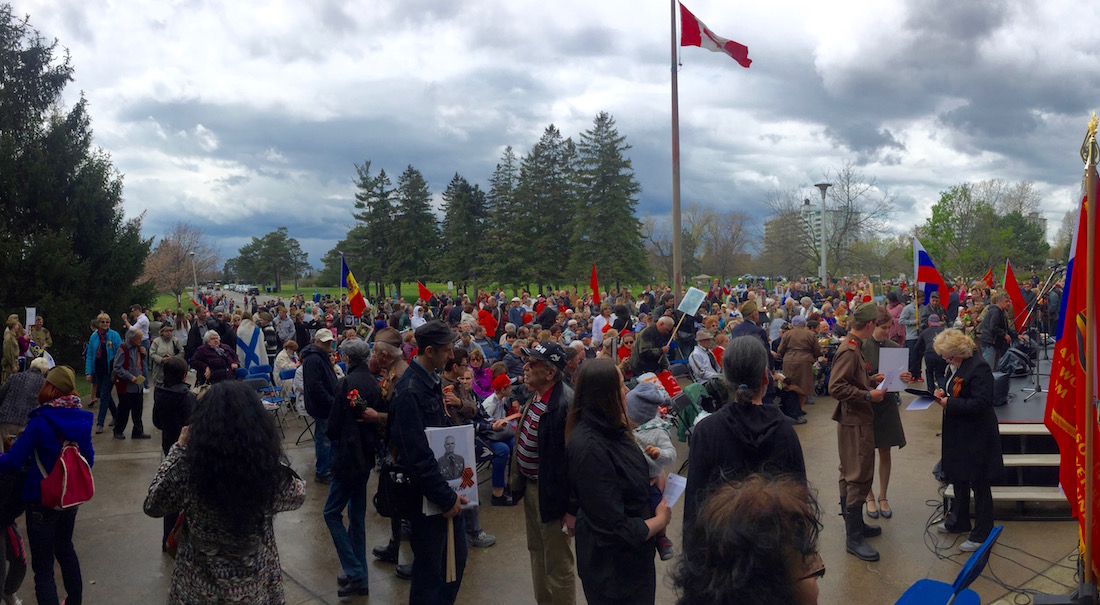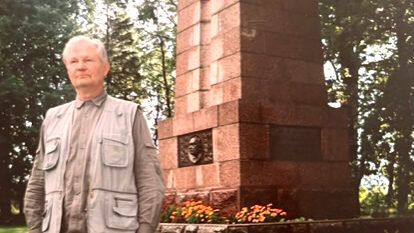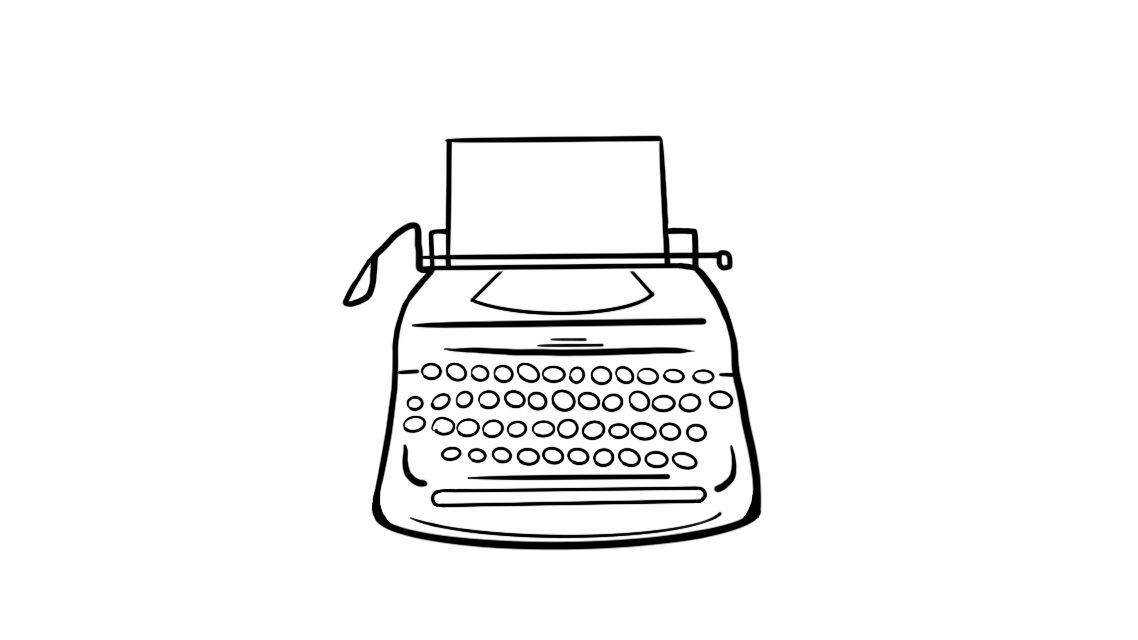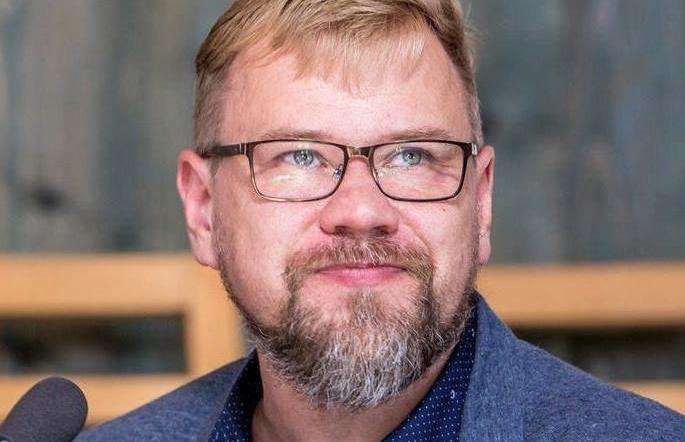Russia, the self-proclaimed successor to the Soviet Union, insists that their Red Army ‘liberated' central and eastern European from Nazi forces. The people in the region agree that it was the Communist millitary, albeit with massive Western aid, that drove the German military to abandon the countries of the area. But immediately thereafter the expected benefits of ‘liberation' were perverted into repression.
What followed when the Red Army occupied these countries and Moscow installed its proxies to govern were arrests, executions, deportations to Siberia, an all-inclusive suppression of the local population. They were cut off from the West.
It's reasonable to expect people of east and central European background to find the flaunting of Soviet nostalgia (not Russian) symbols to be reprehensible and hurtful. Equally repulsive with the swastika is the hammer and sickle. And that's why the posting of the „Action Alert” by the Estonian Central Council in Canada on social media encouraging individuals to urge local city councilors to condemn the arrogant display of Soviet symbols. Is the Estonian Central Council too rash when asking people to register their disgust with Soviet attributes?
By the standards of Paul Goble, internationally recognized scholar and expert on the Soviet Union, Russia, its constituent minorities and previously captive nations, the action of the Central Council is totally justified. Goble says that Russian commenators themselves see the exploitation of Victory Day by Vladimir Putin as the legitimization of the Soviet past.
Ukrainian military correspondent Andrey Trapliyenko describes the cult of the Great Victory as the glue that holds the peoples of Russia in the format of an empire, a perceived positive aspect of linking former Soviet republics together. (The Baltic states reject the concept of a ‘Soviet Republic' as a label for them and prefer the term ‘occupied country'.)
The experience of Estonian and other non-Russian men in the eventually triumphant Red Army was replete with physical suffering. After two years, 1939-1941, of the Soviet occupation of Estonia, the occupying Soviet forces retreated from the advancing German Army in the early fall of 1941. They forced 50,000 Estonian men to accompany them calling it a ‘mobilization' into the Red Army. After desertions, escapes, death along the way, etc., some 35,000 were taken into the Soviet Union to be placed into ‘Work Battalions' – basically to perform slave labour in lumber camps, mines, factories and elsewhere. Malnutrition, disease, exhaustion, sheer brutality managed to kill some one third. During the latter part of the war, Estonian units were formed and deployed into battle against the Germans. Desertions still continued.
That is why on May 9th when veterans of Soviet forces of WWI celebrate that Victory Day in Estonia, very few ex-soldiers of Estonian heritage are seen to join their Russia comrades. To most of them, the ‘glorious victory' was an end to fighting for a foreign cause replete with brutality, inhumanity and hopelessness.
(To be continued.)
Laas Leivat




